On January 10, 1941, Draft H.R. 1776 – the “Lend-Lease Bill” was presented to the United States Congress. Under the proposed act, the President of the United States could authorize the production of weapons, munitions, aircraft and ships for export under special conditions to Allied nations fighting the Axis powers in Europe and Asia. He was authorized to secure the necessary machinery, tools, materials, and supplies for their manufacture, repair, servicing or operation. Additionally, the President was given the power to transfer weapons and tools as well as farming and industrial machines to any country whose defense he deemed to be “essential to the defense of the United States.”
The administration of lend-lease was to be entrusted to the President, with the US Congress exercising its constitutional control over appropriations. The provisions for final settlement were to be left very broad. The greatest immediate benefit was expected to be the fact that the continued resistance of Allied nations towards the aggressor nations would provide a buffer zone for the United States to fully tool up for a war in which its involvement was almost inevitable.
Beyond that, nations receiving aid from the United States were expected to assist US forces in the future in any way possible. The latter concept was known as reverse lend-lease.
Major countries which benefited from the lend-lease program were Britain, The Soviet Union, New Zealand, Australia, China, Norway and the Free French Government in exile. Australia was one of the first Allied nations declared eligible for lend-lease after Britain and Greece.
Major shipments started arriving in Australian ports on “Liberty” ships soon after. Australia pressed into service lend-lease materials of all kinds, from the machine tools which helped triple production at the Lithgow Small Arms Factory to the US-Built P40 Kittyhawk fighters which flew combat air patrols over Darwin and Broome following the first Japanese Air raids.
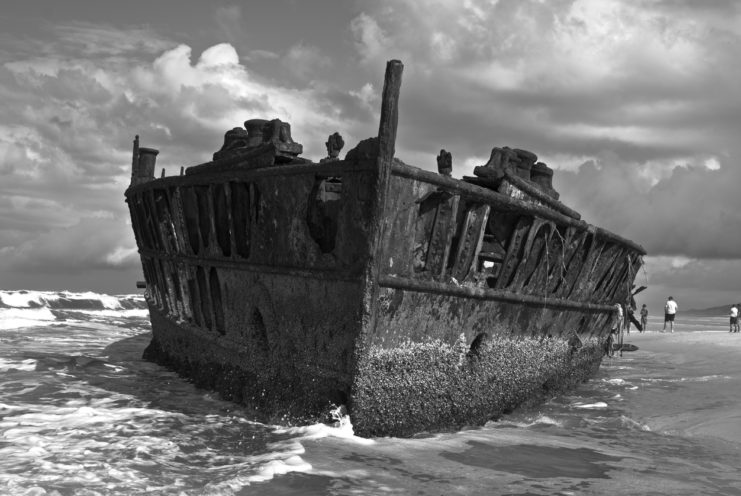
In return for lend-lease aid, Allied nations were to provide goods or services to the United States under a program known as reverse or reciprocal lend-lease. In some areas, the United States government appropriated 99-year leases on strategic naval bases. In others, the receiving nation supplied wheat or manufactured goods such as aircraft engines.
As of late 1944, Australia had provided US troops with almost three million kilograms of food, as well as blankets, socks, shoes and specially manufactured articles of US issue military clothing. Australia’s Allied Works Council was established to help build US barracks, airfields, hospitals and recreational centers. Australian industry provided locally designed and built Landing Craft, motor transport, telephone and telegraph facilities, and numerous other goods and services to the United States under reciprocal lend-lease. As of June 30, 1944, Australia had spent approximately US$550 million on reciprocal lend-lease. In all, the United States received from Australia more reciprocal lend-lease supplies than it had supplied to Australia under lend-lease.
An issue closely related to lend-lease is that of US equipment stockpiled in Australia for use by US forces in the Pacific. The steady stream of US equipment continued right up until the very end of the war. Most of the US equipment in Australia was never used. This phenomenon was related to US economic interests. Despite the equipment stockpiled in Australia and throughout the Pacific, US industry continued to produce and ship new products.
It was economically advantageous for the US military to use brand new equipment shipped from the United States rather than to rehabilitate and process old stock. Not only were these new products being shipped to “line” units in the combat zones, but they were also being shipped to US supply depots in Australia and the Philippines as reserve stocks.
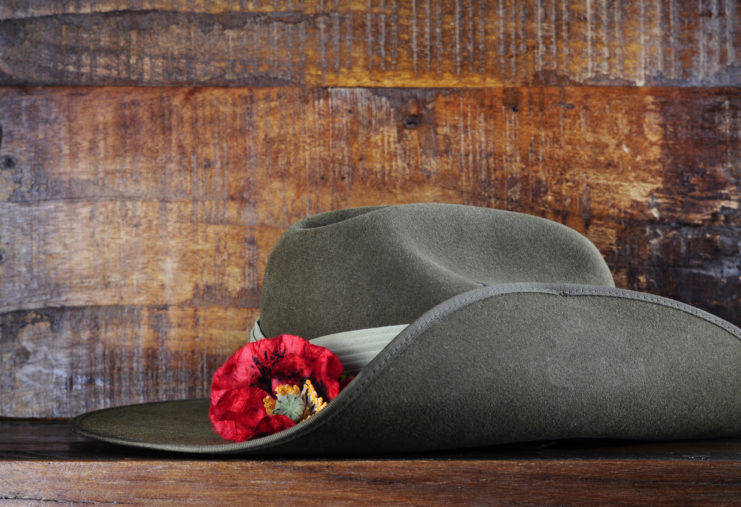
In early 1945, the Manhattan project was Top Secret and was still subject to failure until the last tests had been carried out. This meant that at the very time the first atomic weapon was used on the Japanese city of Hiroshima, US forces in Australia were gearing up for what would be a very messy Allied invasion of the Japanese Home Islands.
The amount of US equipment and war material coming into the Townsville port alone (not including cargo which is known to have been unloaded by landing craft at various beaches in the area) was immense. Consider the following figures:
1942 – 428,500 tonnes of war materiel
1943 – 1,005,931 tonnes of war materiel
1944 – 845,684 tonnes of war materiel
At the time of the Japanese surrender, the amount of US war material in Australia almost exceeded the combined total of the previous three years of continuous military build-up. After the cessation of hostilities, the bulk of the United States Equipment in Australia was transferred to Australian control so as to speed up the disposal process for the United States Command in the Southwest Pacific Area under “Operation Roll-Up”.
Lend-Lease Equipment Disposal Policy in Australia
Under the lend-lease agreement, it was determined that any equipment supplied by the United States was to be either shipped back to the US or destroyed. Under no circumstances was the equipment to be kept by the military forces of the receiving nation or on-sold to other countries following the cessation of hostilities. This would ensure that there was very little chance that the equipment would be used against US forces in the future. Another issue was that US commercial interests would be converting from military production to commercial production. To increase export opportunities, it was decreed that these companies would not be forced to try and sell their wares in a market flooded with surplus military equipment. This policy no doubt kicked off the “Golden Age” of the 1950s.
Immediately following WWII, the US forces in Australia transferred the bulk of US vehicles, ammunition, aircraft, facilities and weaponry to the Australian Military Forces rather than ship it back to the United States or attempt to sell it on the global market. This was an expedient measure designed to hasten the disposal process for US command. It was known that the Australian military authorities would not attempt to re-export the equipment as this would be in direct violation of the lend-lease agreement, so this left Australian authorities with a major problem – the disposal of hundreds of thousands of tons of now-useless lend-lease military equipment.
The tyranny of distance dictated that upon the cessation of hostilities in late 1945 it was economically impractical for Australian authorities to ship its initially requisitioned lend-lease material back to the United States. Contemporary reports indicate that this would have been the least favorable option for the United States command as well as the fact that there were almost unimaginable amounts of equipment sitting idle in the continental United States which had to be disposed of. The transfer of the US stocks to Australia caused additional headaches and dramatically slowed up Australia’s disposal efforts.
Due to the restrictions of the lend-lease agreement between 1945 and 1949, the material supplied to Australia was assessed as having no commercial value which meant that brand new, knockdown kits containing vehicles, aircraft, etc. were in effect to be treated as non-commercial scrap. Research shows that some lend-lease vehicles and spares were disposed of to the general public at this time through Commonwealth Disposals Commission auctions, but this was probably the result of administrative error.
In 1949 the Australian and United States governments came to an agreement on the settling of accounts of the wartime lend-lease program. At the time, there were hundreds of thousands of tonnes of the US and lend-lease equipment and facilities in Australia still awaiting disposal. The agreement determined that apart from the return of US Navy vessels, a one-off payment of around US$500,000, some deals involving real estate in Australia and the establishment of an educational exchange program (known as the Fullbright Program), Australia’s lend-lease debt had been paid in full.
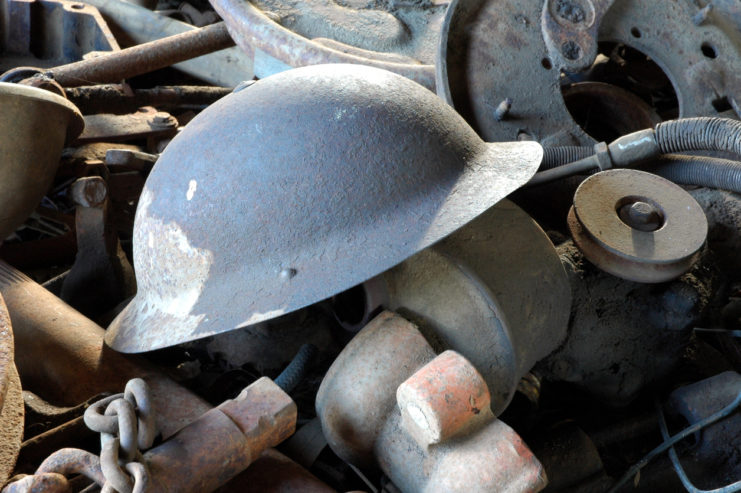
Likewise, any money owed to Australia for reverse lend-lease aid was also written off. The stocks of lend-lease equipment and facilities were now owned outright by Australia and most “non-lethal” material was disposed of at auction through the Commonwealth Disposals Commission. All weapons and fighter aircraft were to be demilitarised and scrapped through commercial channels – or were they…?
Lend-Lease Equipment Disposal Procedure in Australia
The decision to classify and dispose of in-service equipment was done at the unit level. The material was inspected by an officer and assessed into the following categories:
- SERVICEABLE
- SUITABLE FOR REDUCTION TO COMPONENTS (spares)
- DAMAGED WITH A NOMINAL SCRAP VALUE, or
- OF NO COMMERCIAL VALUE (usually the fate of lend-lease material prior to the 1949 Lend-Lease Settlement).
Any material classified as “of no commercial value” was to be disposed of by destruction or abandonment to ensure no further use.
Once the decision to dispose of the equipment had been made, the logistics of the disposal were worked out and the disposal operation initiated. There was little Parliamentary oversight for this process and it appears that towards the end of the disposal operations, proper procedures were not always followed.
During the evaluation/classification process, an officer (or Warrant Officer in some cases) was detailed to make an assessment of the various weapons, vehicles, armor, aircraft, vessels, etc. and to decide what was to be destroyed. When the material was classified as being OF NO COMMERCIAL VALUE, the material was disposed of by one of the methods detailed later in this section and a form called a “Write Off Certificate” was completed. The Write Off Certificate contained the type of material, date, location, amount of material, unit involved and the type of disposal.
Most people who were living near major military areas in Australia immediately following WWII will relate stories of seeing masses of partially stripped aircraft and vehicles waiting for the smelters or the scrap merchants. This was only part of the story. Prior to 1949, the lend-lease equipment had to be disposed of without turning a profit, which meant that components could not be sold, even for scrap. Other ways had to be found to dispose of this material.
Australian military disposal teams were working in the Pacific right up until 1951. Many times the equipment was abandoned in place in the Pacific islands. Another method of disposal used in this area was the mass dumping and burning of the equipment.
In Borneo, there was a disposal location which was known to Australian troops as Wreck Gorge. Vehicles were driven off a ridge into the gorge below where they were wrecked upon impact. Jeeps, amphibious Jeeps, DUKWs, US 2.5 tonne trucks and weapon carriers are all known to have been disposed of in this area. Once the gorge was filled with vehicles, spare tires were stacked on top and the wreckage doused with petrol. After it was lit by a Very (flare) pistol, this site burned fiercely for three weeks, with nothing but rusted hulks remaining.
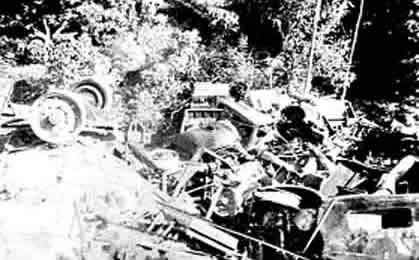
In Australia, it has been verified that masses of equipment, aircraft, and vehicles were loaded onto barges and dumped into the ocean off the continental shelf. Although millions of tonnes of equipment were disposed of in this manner, it is known that this was only a small fraction of the total equipment stocks held in Australia. One of the most well known of these sea dumping programs was that undertaken by the Royal Navy’s Pacific Carrier Air Groups. At a site off the Queensland coast, RN Fleet Air Arm and Royal New Zealand Air Force aircraft were lined up on the deck, the fuselages holed with digging tools and then, in an act which would bring a tear to the eye of any aircraft enthusiast, they were heaved over the side. Australian media covered this operation comprehensively at the time and as an interesting aside, a Queensland consortium was formed in 1995 to assess the viability of locating and recovering some of these aircraft for static display or even rebuild to airworthiness.
A recent account of sea dumping (or “Drowning” as it was known in military circles) by a veteran of the operation helps to illustrate the scale of the destruction:
“At the end of the war, I was part of the dumping program off Townsville. We pushed new trucks, jeeps, planes, boxes of aviators watches and cameras like you would never have thought possible. This went on 7 days a week and around ten hours per day. We did have a break when rough seas came up. The waste was something that would nearly make you cry.”
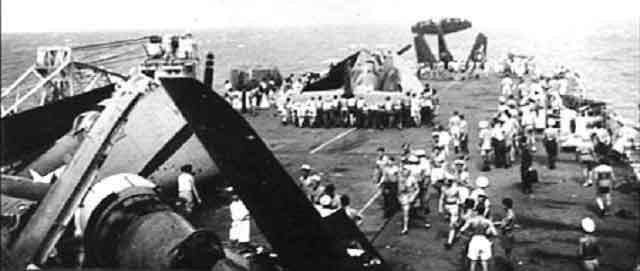
Little is known about the land-based disposal of lend-lease equipment in Australia. Although veterans and official spokespeople are happy to discuss land-based disposals overseas, such as those in what is now Papua New Guinea, the same cannot be said for dumping operations in Australia. Indeed, some veterans seem to be under the impression that they will be arrested under the Official Secrets Act if they speak of their experiences. This attitude alone has piqued the interest of many would-be treasure hunters over the years.
From what little documentary evidence exists which details land-based disposal operations in Australia, it appears that there were three main methods of disposal. There was destruction by crushing/burial, simple burial and finally, destruction by abandonment.
Crushing/Burial:
Although used for light-skinned vehicles as well, this method was the usual fate of aircraft. At Uranquinty, Tocumwal, Wagga Wagga and several other RAAF sites around the country, obsolete RAAF lend-lease and USAAC aircraft such as Curtiss P40 Kittyhawk and Bell P39 Airacobra fighters and Consolidated B24 Liberator Bombers were disposed of by being pushed into large pits, then the fuselages flattened with bulldozers. Oftentimes, aviation fuel, petrol, fuel oil or napalm from expired canisters was poured into the pit and torched, melting the aluminum skin of the aircraft. These operations went according to plan leaving nothing intact.
Perhaps forewarned of the 1949 “Fullbright” agreement, the Australian government held off on the disposal of the bulk of the RAAF and USAAC C47/DC3 and PBY Catalina aircraft. Later, under the terms of the lend-lease settlement agreement, Australia was able to legally keep on charge a number of these highly versatile aircraft as well as full sets of spares to maintain them through their useful life. Indeed the last RAAF C47 Dakota transport aircraft was not struck off charge until the late 1990s after almost 60 years of RAAF service.
As can be imagined, the crushing/burial system of disposal was labor, fuel, and materials intensive. Write-off certificates were required to be completed for each major component of the individual airframe as well as the recovery and storage of the aircraft’s flight and maintenance logs. This unwieldy military accounting system eventually slowed down the disposal process to such a degree that a more simplified program was implemented.
Simple Burial:
To help speed up the disposal operations, either officially or unofficially, the authorities and local commanders attempted to cut out as many steps as possible. The answer was to dig large pits or use existing holes in the ground to dispose of the aircraft. In some remote areas, it appears that even dams, lakes or billabongs were used as impromptu dumping grounds. Usually, brick pits, quarries, and mine shafts were used as dumping grounds and then backfilled or blown in with explosives. This method of disposal was used for aircraft, vehicles, ordnance, armor, artillery and other equipment.
Overseas, there was an interesting case where a Japanese fighter base cut into the side of a rugged mountain in New Guinea was discovered by Australian forces after the local enemy had surrendered. The base consisted of an airstrip which was cut into the slope with explosives and manual labor as well as existing cave complexes which were enlarged by the Japanese and used as hangars in lieu of the usual aircraft revetments as found on Allied air bases. The site was designed so that the hangar entrances and the bulk of the strip itself could be covered with camouflage netting to defeat allied reconnaissance aircraft. When the site was discovered, there were still several Japanese Zeke and Oscar fighter aircraft on site. These were in varying degrees or airworthiness. As per Australian military disposal policy, these aircraft were pushed into their hangars and the cave entrances were blown in.
It is known that the write-off certificate system was used to account for material disposed of in this fashion and that by 1947, the dumping programs had been undertaken on a local/regional basis with the local commanders having full authority to dispose of surplus equipment as they saw fit.
Destruction by abandonment:
This type of disposal is the most interesting for our purposes. It is known that abandonment was used as an acceptable disposal method. This was generally used for aircraft which had force-landed, but it is thought that the method was also used for serviceable vehicles and other equipment in remote areas as a matter of policy.
If the legendary “Invasion Caches” do actually exist, then this is the most probable method used to dispose of them. If the material was in a bunker, disused tunnel or other emplacement designed to evade detection, then it would have simply been a matter of closing the doors and leaving the material to rot, trusting that the planners had chosen their hidden cache site well.
One overseas example of destruction by abandonment is the former US base on Guam. After the base shifted to another area of the island, any surplus or obsolete material was left where it was. This site was featured in a 1980s film documentary where a visitor to the island started and drove a 2.5-ton truck with badly perished tires. Also featured in this documentary were jeeps and hundreds of unopened drums of diesel and petrol.
Other types of disposal:
Several urban legends mention the fact that “Bren Guns” were discovered by accident during construction work at various locations around the country. These weapons were supposedly cast into concrete blocks then either used in building construction, buried or abandoned in place. Several aircraft machine guns encased in concrete needed to be tracked down by the military prior to the disposal of a military site near Toowoomba in Qld. The fact that the Australia Defence Department knew that weapons had been disposed of at this location in concrete blocks also indicates that the records kept were not quite as incomplete as once thought.
In addition to the lend-lease disposal dumping, equipment of Australian and British origin was also disposed of. Often in a less than perfect manner. See this document for an example. Interviews with long-time residents of the area in question have produced many stories of children and adults with wire hooks and rope recovering Owen Submachine Guns, pistols and other small arms from this site right up to the mid-1960s.
Reprinted with permission from Australian Bunker and Military Museum
This Australian Bunker & Military Museum is dedicated to All the Australian and Allied Servicemen who were not recognized for the part they played in the Defence of Australia. Seeing that underground installations were top secret, still to this day the Servicemen that are remaining feel that they cannot speak of one of the greatest feats undertaken on Australian soil.
